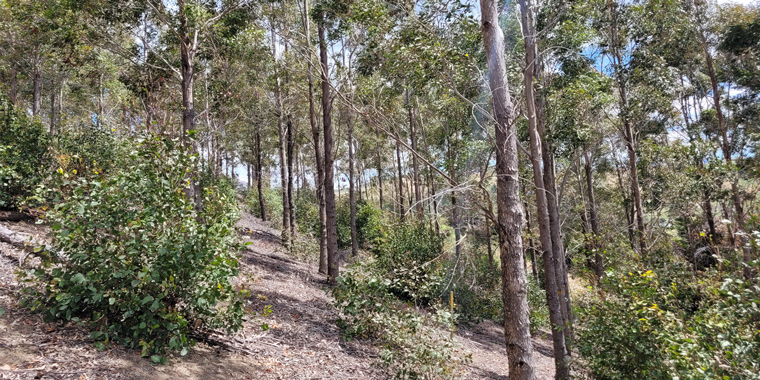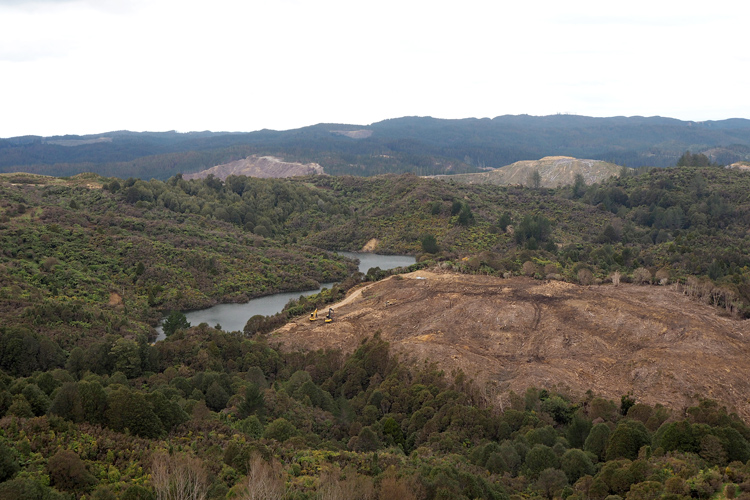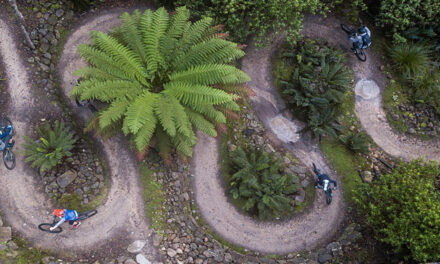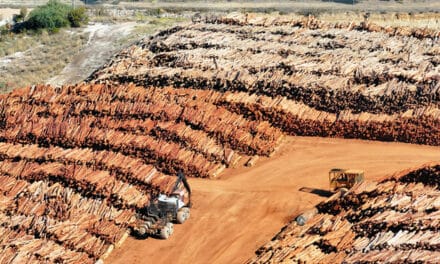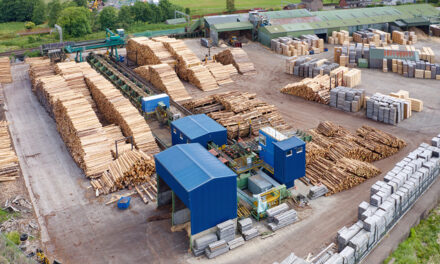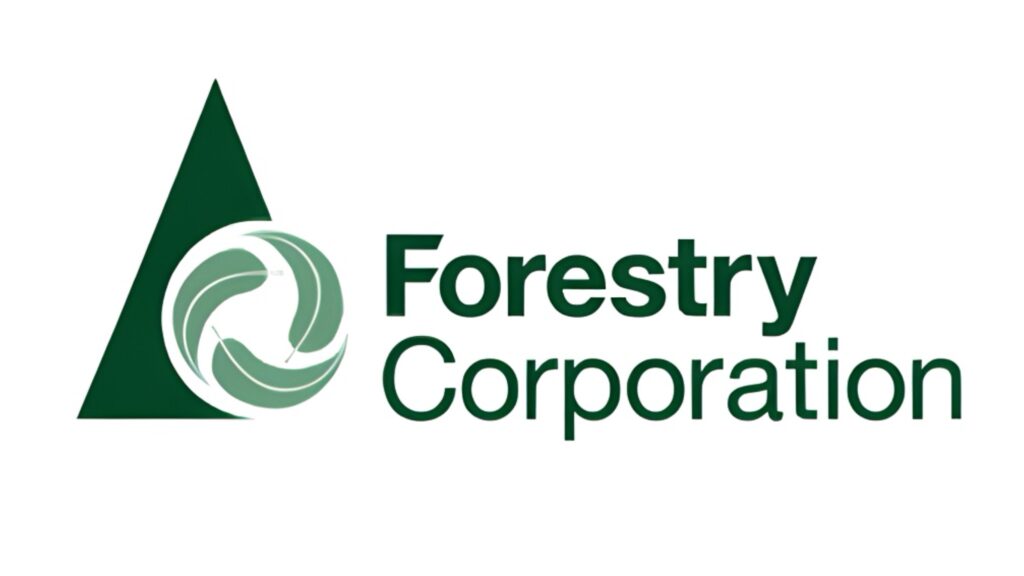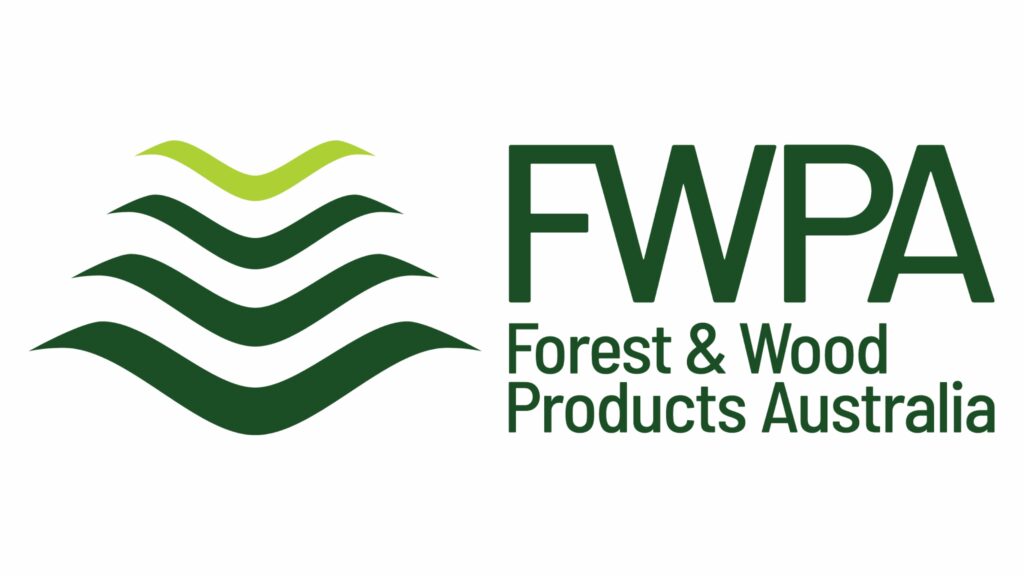THE FUTURE OF FRAME AND TRUSS: PREFABRICATION LEADS THE WAY
BIG RIVER CHAMPIONS COMPLETE SOLUTIONS, PRODUCTIVITIY AND ONSITE WASTE REDUCTION.
The Gisborne District Council is looking to apply stricter local rules for forestry. Image: Geoffroy Lamarche, PCE
In this follow-up to last week’s article (see P6 of issue 856) on the report Alt–F Reset: Examining the drivers of forestry in New Zealand, we look further at the Parliamentary Commissioner for the Environment’s key points and recommendations regarding future afforestation.
Commissioner Simon Upton’s wide-ranging discussions include the role of the Emissions Trading Scheme, establishing new native forests, and managing fast-growing exotics as they transform into native forests over time (transitional forestry).
Mr Upton also gives consideration to exotic tree species, which “can complement radiata pine by offering diverse traits with different environmental benefits (and risks), as well as novel commercial and land use opportunities.”
He says some exotics could act as a contingency species for timber production, should a biological disaster affect radiata pine – although we’ve yet to find a species that tolerates such a wide range of conditions as pine.
Some alternative species have traits that offer environmental benefits – for example, strong interlocking root systems, which provide effective erosion control; or being tolerant of shade, and therefore suitable for continuous cover forestry.
Some are more susceptible to pests and diseases, or are more flammable than other species. “In many cases, the forest management approach will be a more significant driver of overall environmental impacts than the species of tree.”
He adds that there are a range of management approaches being applied at a small scale, and which could be adopted more widely. Among them is agroforestry – the incorporation of trees within agricultural landscapes, which can include riparian plantings, shelterbelts and widely spaced trees within grazed areas.
“The integration of appropriate trees within pasture can reduce erosion in hill country and improve animal welfare through the provision of shade and shelter.”
Continuous cover production forestry is also worthwhile developing, given that it retains a high canopy cover hand in hand with low intensity harvesting. “This approach combines commercial values with long-term environmental values, such as biodiversity, erosion control and carbon storage.”
And Mr Upton acknowledges the key role that Māori play in the forestry sector – making up a large part of the forestry workforce and owning large areas of exotic plantation forest (190,000 ha) and native forest (570,000 ha). “Many Māori landowners are managing commercial forestry and conservation forestry using te ao Māori principles” (a holistic world view that focuses on interconnections).
Today, a large number are trying to use their land as a source of resilience for future generations. “This includes generating income and employment through commercial forestry, holding land for customary purposes, and contributing to the protection and conservation of forest biodiversity.”
Recommendations
Perhaps the most contentious of the Commissioner’s 15 recommendations is his call to reform the NZ Emissions Trading Scheme (ETS) by phasing out forestry offsets for fossil emissions.
Mr Upton says the increased auction revenue from the ETS should be used “to fund targeted and locally appropriate afforestation in areas that need it most (e.g. permanent native forests on highly erodible lands; whenua Māori).
Carbon forestry is the most recent afforestation motivation, and “the risks it raises simply aren’t worth running. Afforestation is being latched onto as a cheap, easy way for New Zealand to achieve its climate goals.
“It has been suggested that the NZ ETS could enable greater uptake of alternative forestry systems, particularly native afforestation. The reality is that under current regulatory and economic settings, almost nothing can compete with radiata pine.”
He adds that, at the very least, the permanent forest category in the ETS should require permanent forest owners to have realistic long-term management plans for their forests. Categories, with associated rules, should also be created for different types of permanent forests.
Mr Upton also recommends that the Government needs to ensure “the long-term physical risks to the nation’s forests and the financial risks that may accrue to both the forestry industry and to the Crown are systematically monitored, communicated and managed”.
In addition, the Ministry for the Environment “should investigate ways to ensure that forestry companies cover the costs of the environmental damage they cause” (e.g. the use of levies, other market mechanisms and revised regulation). And clear-fell harvesting should be banned in areas where it is identified as high risk.
Further, the Commissioner recommends reviewing the application of the Forests Act to native forests that are established through assisted natural regeneration. Currently, “harvesting timber from existing or regenerating native forests on private land requires an approved plan or permit, and only very small volumes of timber can be harvested.
“However, there are no restrictions on harvesting from planted native forests. This may disincentivise landowners interested in native timber production from supporting the regeneration of native forests – a far more cost-effective option than planting from scratch.”
Mr Upton would also like to see more alternative timbers to radiata pine recognised as acceptable solutions under the Building Code – and “reviewing the membership of committees that approve these solutions to ensure they are comprised of independent experts.
“The committees that set and review the standards are structured in such a way that industry incumbents can prevent consensus and delay outcomes that would benefit or enable alternative species.”
Timber & Forestry Enews acknowledges the report and summary document provided by the Parliamentary Commissioner for the Environment.
MAIN PIC: Eucalypts in Marlborough: just one of a number of alternatives to pine showing promise. Image: courtesy PCE

